A European agenda for space: resilience, security and sovereignty
Past event In person

- Area of Expertise
- Digital & Data Governance
Digital & Data Governance
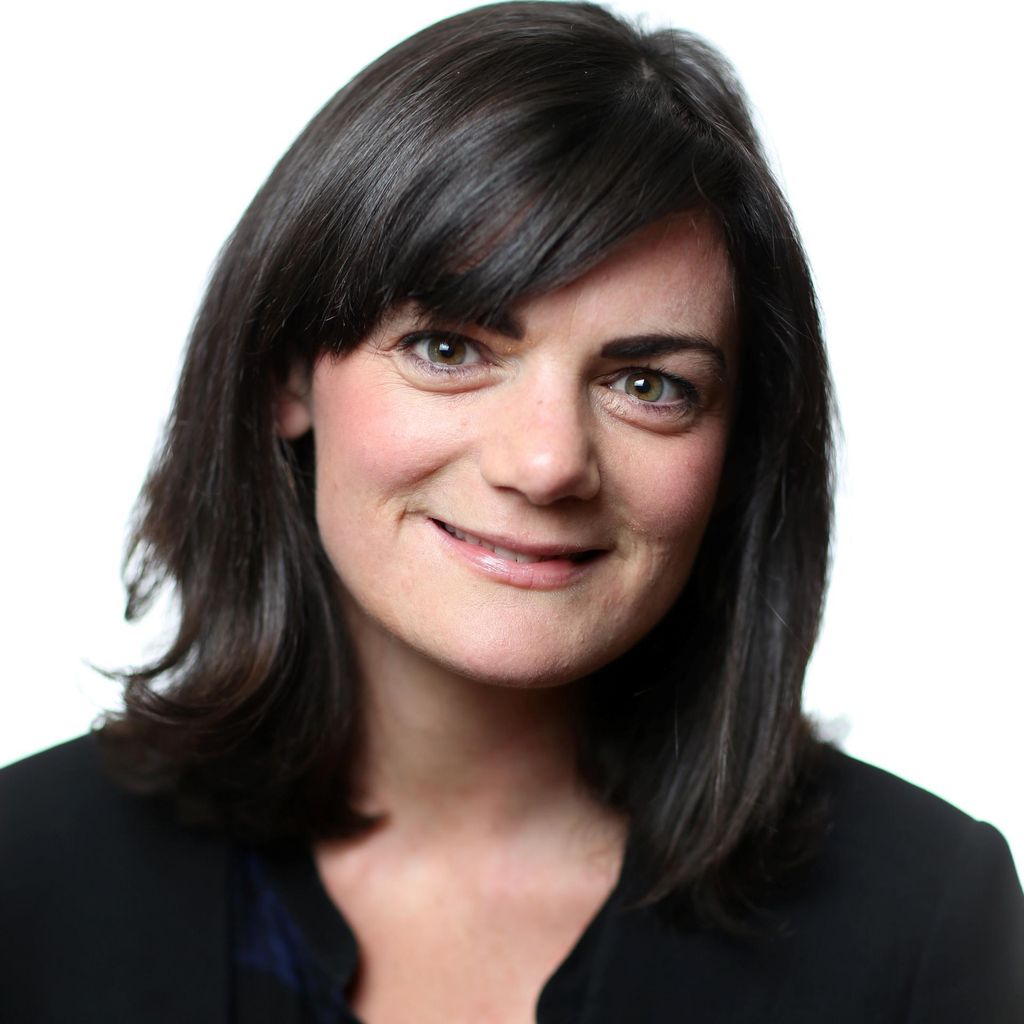
Co-Founder & Board Member, Women for Election
In last May’s local and European elections, Ireland voted in more women than ever before.
With women now making up 54% of its MEPs, Ireland is the second highest country for female representation in the European Parliament. At the local level, 21% of Ireland’s city and county councillors are women. Not an immediately startling figure perhaps, but a 33% increase on the 2009 results, when women made up just 16%.
These results represent a big jump forward, because Ireland is coming from a bad place.
In the Dáil, Ireland’s national parliament, just 16% of elected representatives are female; and that’s the highest it’s ever been. In fact, just 94 women have ever been elected to the Dáil. Of those, only 14 became ministers. For many outside Ireland, our two female presidents – Mary Robinson and Mary McAleese – present a picture of a country where women rise to the top in politics,
but that is not the case.
Change, where it happens, is glacial. Women’s representation in politics increased by just 5% in the 35 years up to 2011. At the current rate of progress, balanced representation would take more than 250 years.
We don’t have that time to wait.
In 2011, Michelle O’Donnell Keating and I got together to speed things up. We set up Women for Election, a non-partisan, not-for-profit organisation to inspire and equip women to succeed in politics. Our vision is simple: an Ireland with balanced participation of women and men in political life. Since then, in four short years, we have trained over 600 women for political office. Of those, 180 contested May’s local and European elections – and 96 were elected. Our approach involves delivering practical, tailored training and support to women when and where they need it. It was critical to many women in their decision to run.
Over those four years we learned a lot and our experience can go some way to answering the question: how can we get more women into European politics?
First, we learned to go to where women are.
When we launched, most political parties acknowledged the worthiness of our mission and wished us well. “Good luck” they said, “but you’ll never find the women.” For years, they told us, parties had battled to encourage women to run, sought them out and courted them, too often unsuccessfully. Yet we found that wherever we went – up and down the country – we met women who were interested, active, eager to learn more and, in many cases, keen to run. The difference: these women were not in political parties, and often not in traditional political networks. They were community activists, NGO workers, businesswomen, mothers; they were deeply integrated in their local communities and passionate about local issues. We went to where they were, listened to them, shared our vision with them, encouraged them to step forward and – critically – we provided training that de-mystified the process of running for political office. We brought it closer to them and what they care about.
Second, we learned to work hard outside of the traditional electoral cycle,
Women for Election was established in 2011. There was no local or European election for three years and no national election for five. Nobody was in election mode, apart from us. In 2012, we were the only organisation delivering election-focused training; and 350 women came through our training programmes that year. The timing was critical because it meant that the women we met had time. They had time to engage, time to consider their options, and – vitally – time to prepare, if they were serious about running for election. They weren’t bamboozled by election campaigns or cynical about politics. Instead they were open and curious to know more.
Third, we learned that making gender an election issue must be part of any successful campaign.
By the start of 2014 – an election year – we had trained more than 600 women. Political parties were kicking into gear, designing and delivering their own training and support for candidates. Our role changed from trainer to advocate. We tracked every single selection convention, by every party, in each and every local constituency. We took weekly looks at exactly what proportion of all declared candidates was female, where they were and what party they were running for. Which parties were leading and which were trailing behind? Where were the hotspots and blackspots for female candidates? This picture of gender in the elections became news, first locally and then, gradually, nationally. A line on how many women were running crept into every news article. Radio debates compared parties against each other. Local papers and stations did deeper pieces comparing their county’s performance with that of neighbouring areas. Gender was on the agenda and that meant it was to the forefront of voters’ minds when they got to the polling booths.
So, is that all we need to do to get more women elected? Is it enough to go where women are, work hard outside of traditional electoral cycles and make gender an election issue? No, that is only part of the story. Hard measures – quotas, zipped lists, running women in winnable seats – work. They kick the system into action and speed up a process that otherwise will take generations. But alone they are not enough. To get more women contesting and winning elections and finally righting the imbalance that exists in parliamentary and council chambers throughout Europe we need to combine hard and soft measures, like tailored training, mentoring programmes, structured supports to promote women within parties.
Ireland provides an interesting case study. The 2016 general election, less than a year away, will see all political parties governed by new candidate selection rules that require them to field a minimum of 30% female candidates, or face losing half their state funding. For larger parties that could be as high as €6 million over 5 years. This has pushed parties to act, to actively seek female candidates and get them on the ticket. For the first time, this winning combination of hard and soft measures will be at play in an Irish election. Watch closely, and learn.
Past event In person

Next event In person & livestreamed
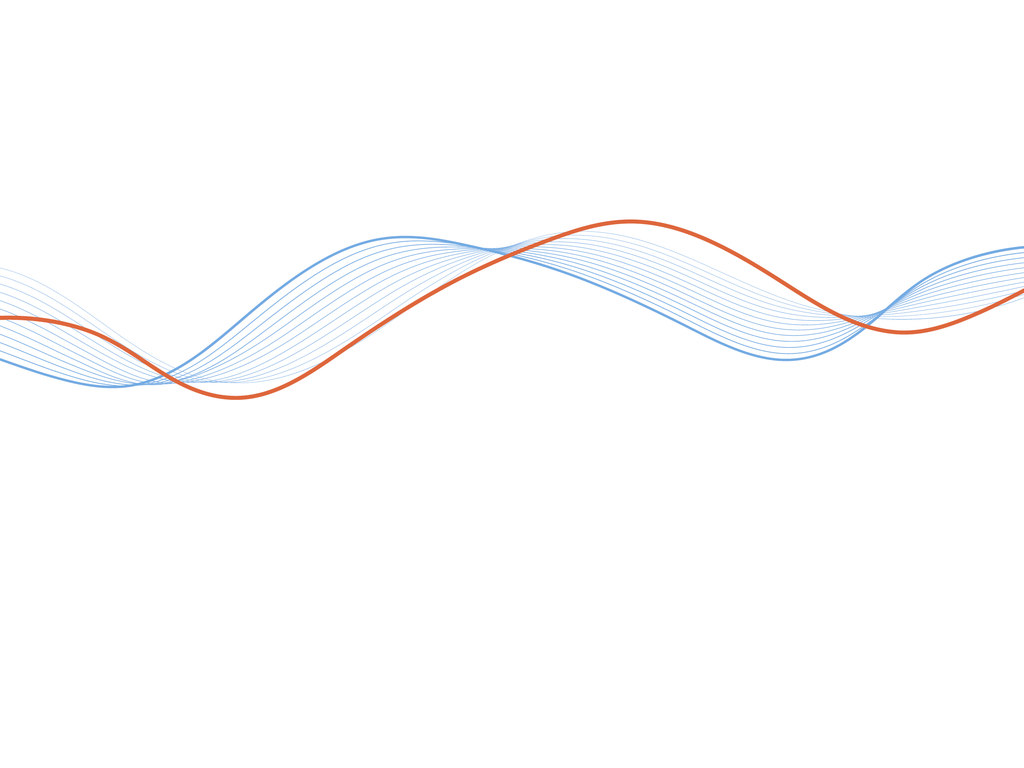
Past event Online
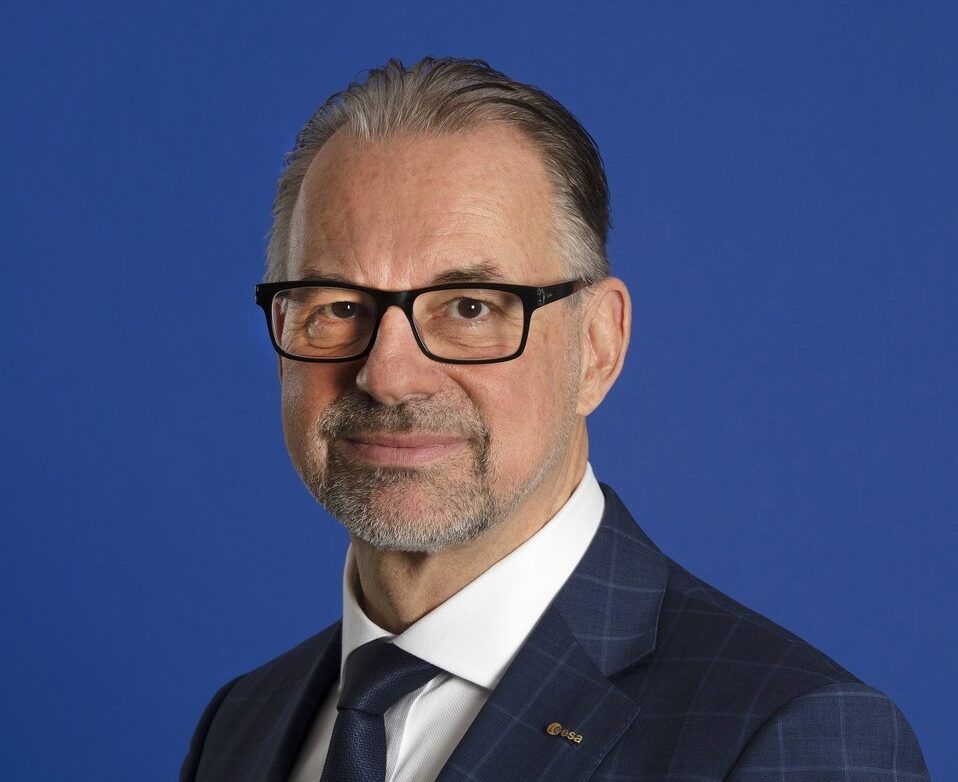
Past event In person

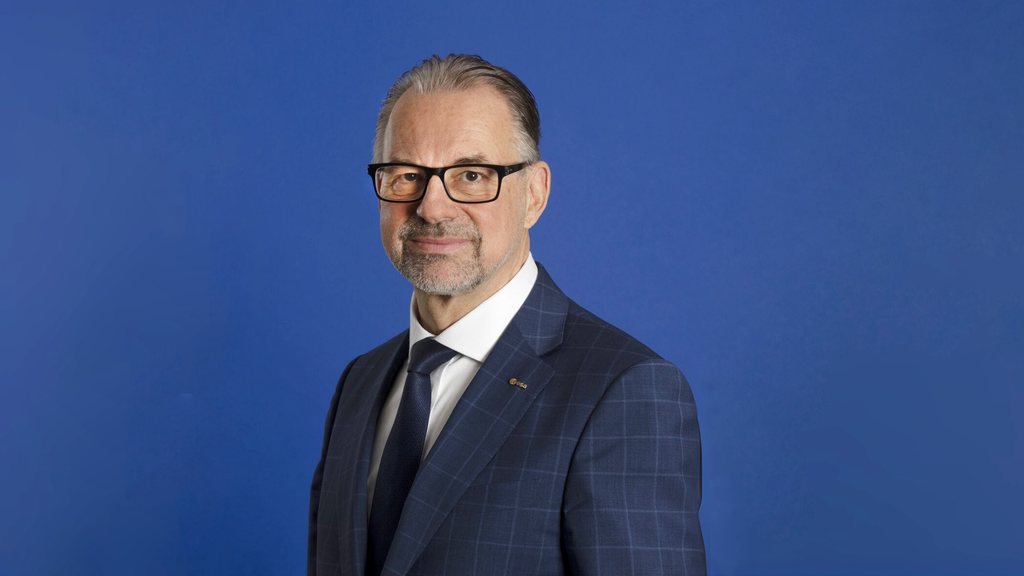
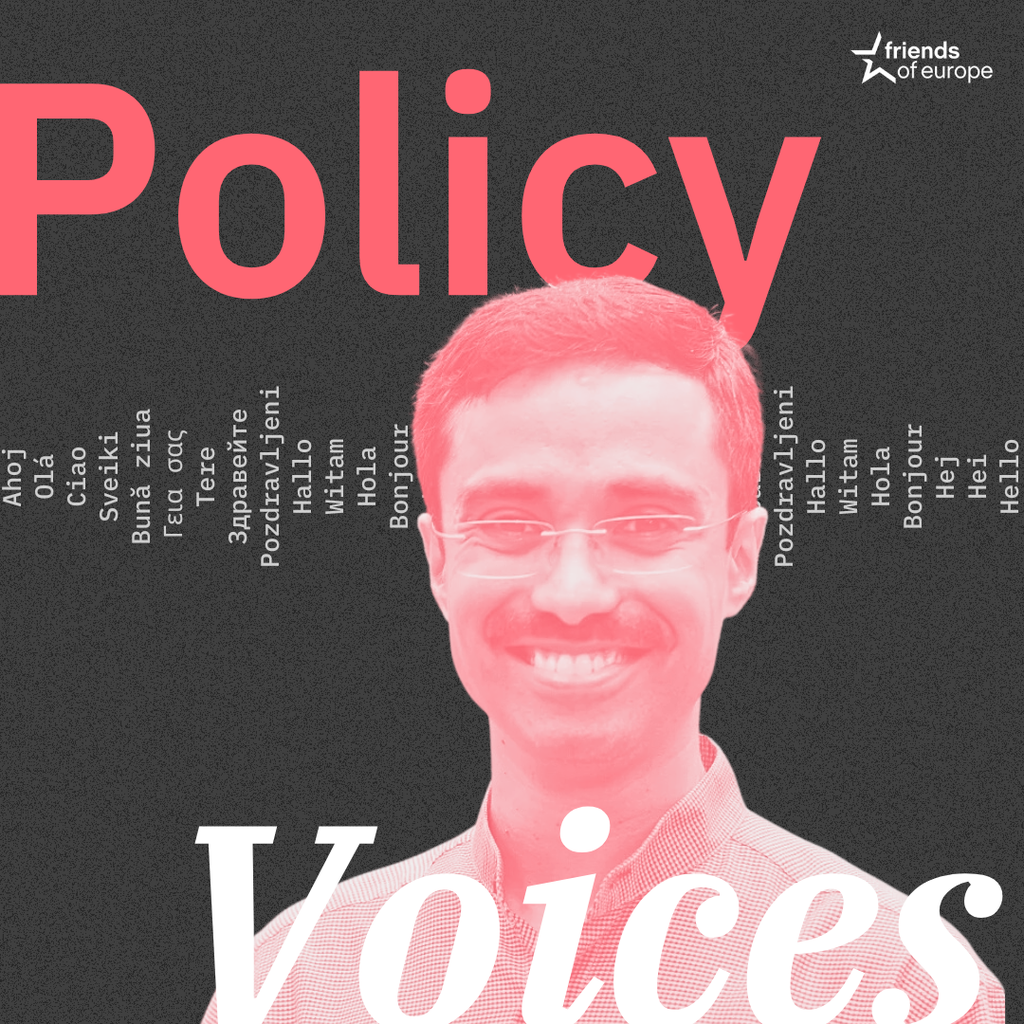
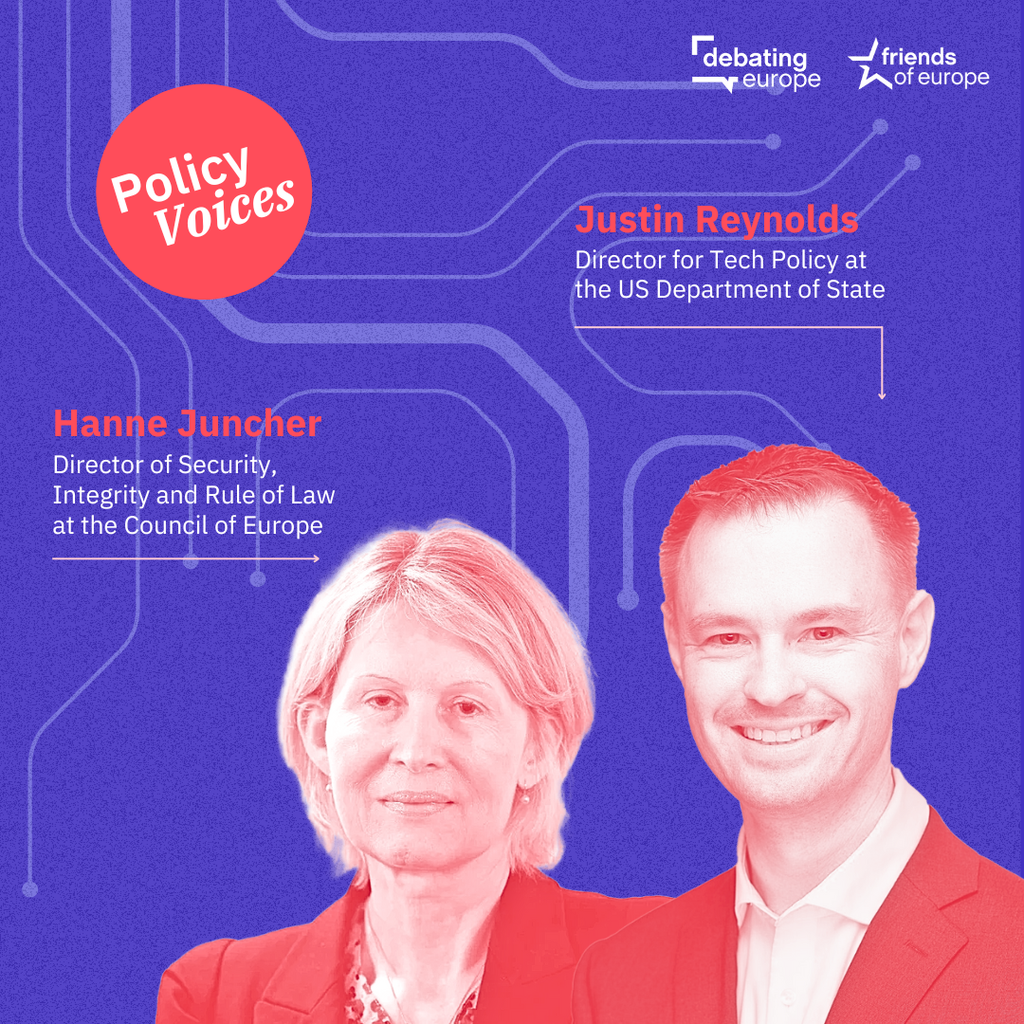

Stay informed
We use cookies and similar technologies to adjust your preferences, analyze traffic and measure the effectiveness of our campaigns. Learn more about our privacy policy.